Where is Oklahoma?
Oklahoma is the only contiguous state that doesn't belong to a region. It's my home state, so I want to know why.
I moved to Birmingham for college. Birmingham, as in Alabama. Till then, I had lived in Tulsa, Oklahoma, for my entire life.
I was seventeen. I was young.
When I got there, I realized: I had never been to the South before.
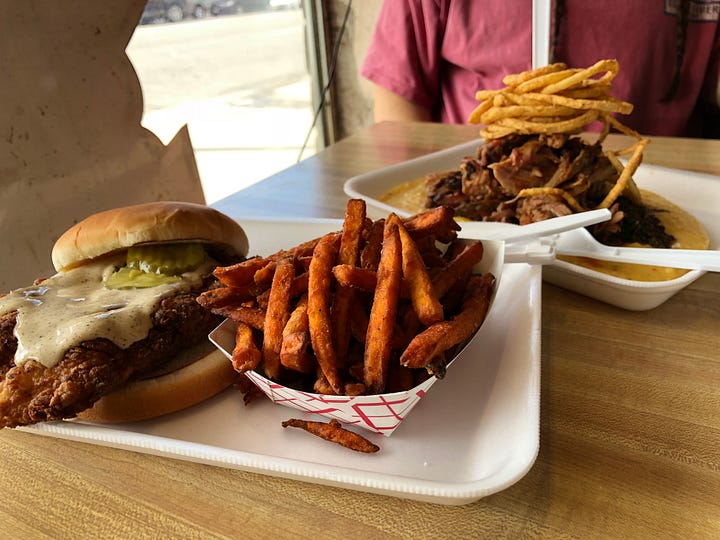


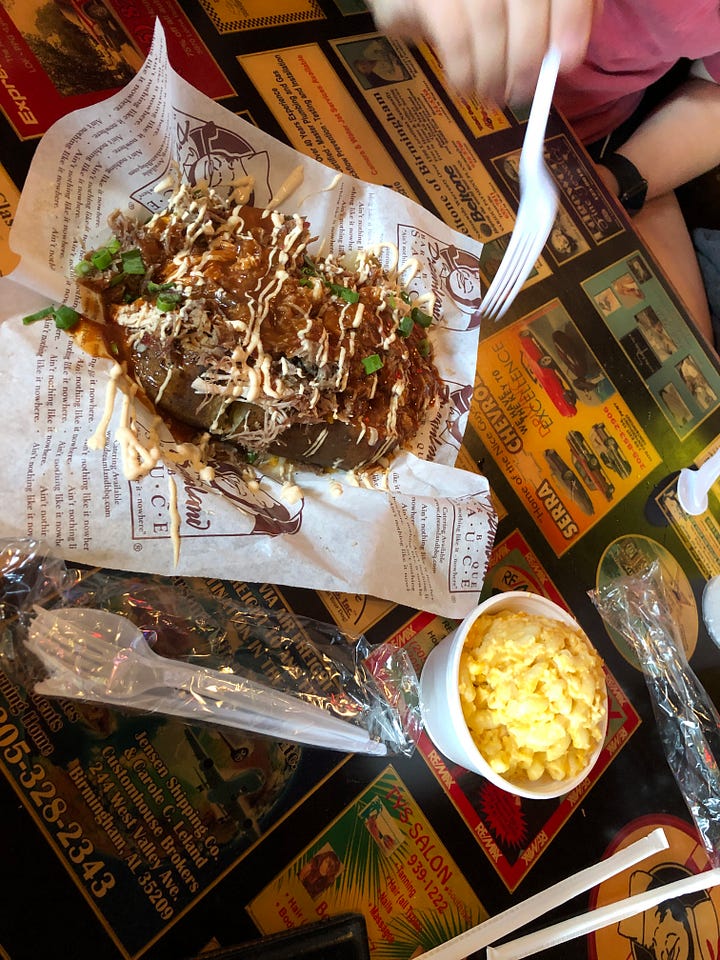
Birmingham is Deep South. BBQ restaurants serving white bread for free in baskets before the food comes, monogrammed initials on t-shirts and backpacks and rain jackets and backs of cars, White people south of the mountain Black people north of the mountain, segregation by neighborhood and topography Deep South.
It was new. I had grown up in Oklahoma, which, if anything, was Texas-adjacent, and though no one doubted Texas was included in “the South,” no one would have doubted that Texas considered itself superior to the general region. Texans considered Texas to be one of one, which made Oklahoma two of none. Unimportant.
If you’d asked me what region Oklahoma was in back then, I might have said the South. I’m not sure. But once I got to Birmingham, I learned that Oklahoma was nowhere near The South, culturally or on a map.
The people were different—softer and warmer and strange. The land was different—hilly and humid and green. Chicken salad was a food group. Words had an extra one or three syllables. Kind adults would meet you and offer “dinner and a warm bed.”
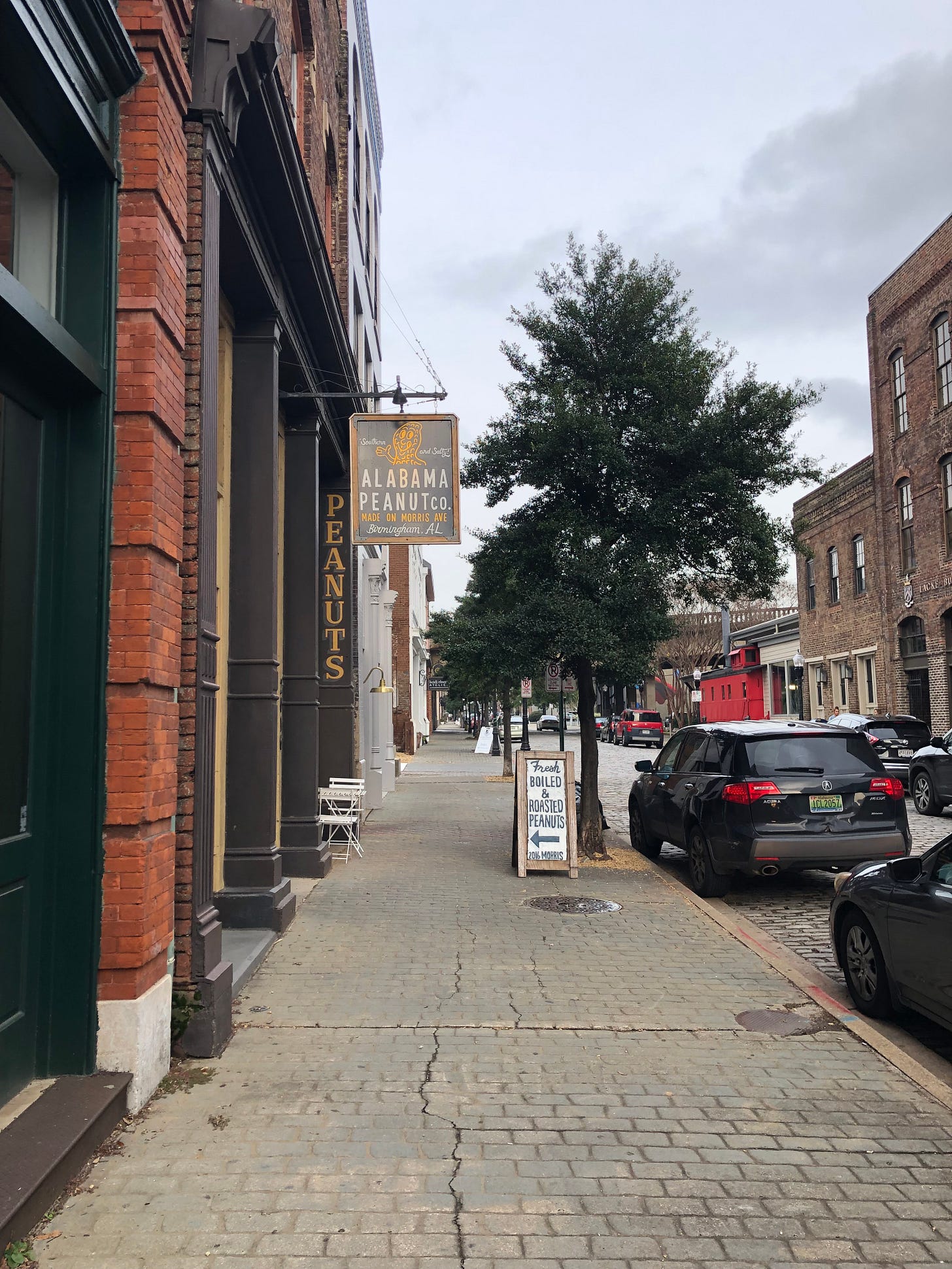
On t-shirts with images of the South, of which there were many, because the South is proud of itself as a region, Oklahoma was always excluded. There would be an Oklahoma-shaped hole in the graphic. Texas was included, Arkansas was included, every state all the way east to Florida, but Oklahoma was left out. Sometimes they’d put the words in that little Oklahoma-shaped hole. My home was reduced to a canvas for bragging about the region that didn’t want to claim it. Ow.
When you’re a little baby new to college, you’re swimming on what everyone else says is solid ground. Where do I put my feet? Where have my feet been for the past seventeen years when I didn’t have to think about them at all? I could recognize an Oklahoma license plate from fifty yards away. I sat alone at breakfast restaurants watching Oklahoma football because the Big 12 was high school football compared to the SEC. I learned my way around a city whose roads weren’t a grid. I found the only cheap donut shop and went twice a week.
I made it work.
But I never stopped wondering where Oklahoma was.
Where had I lived?
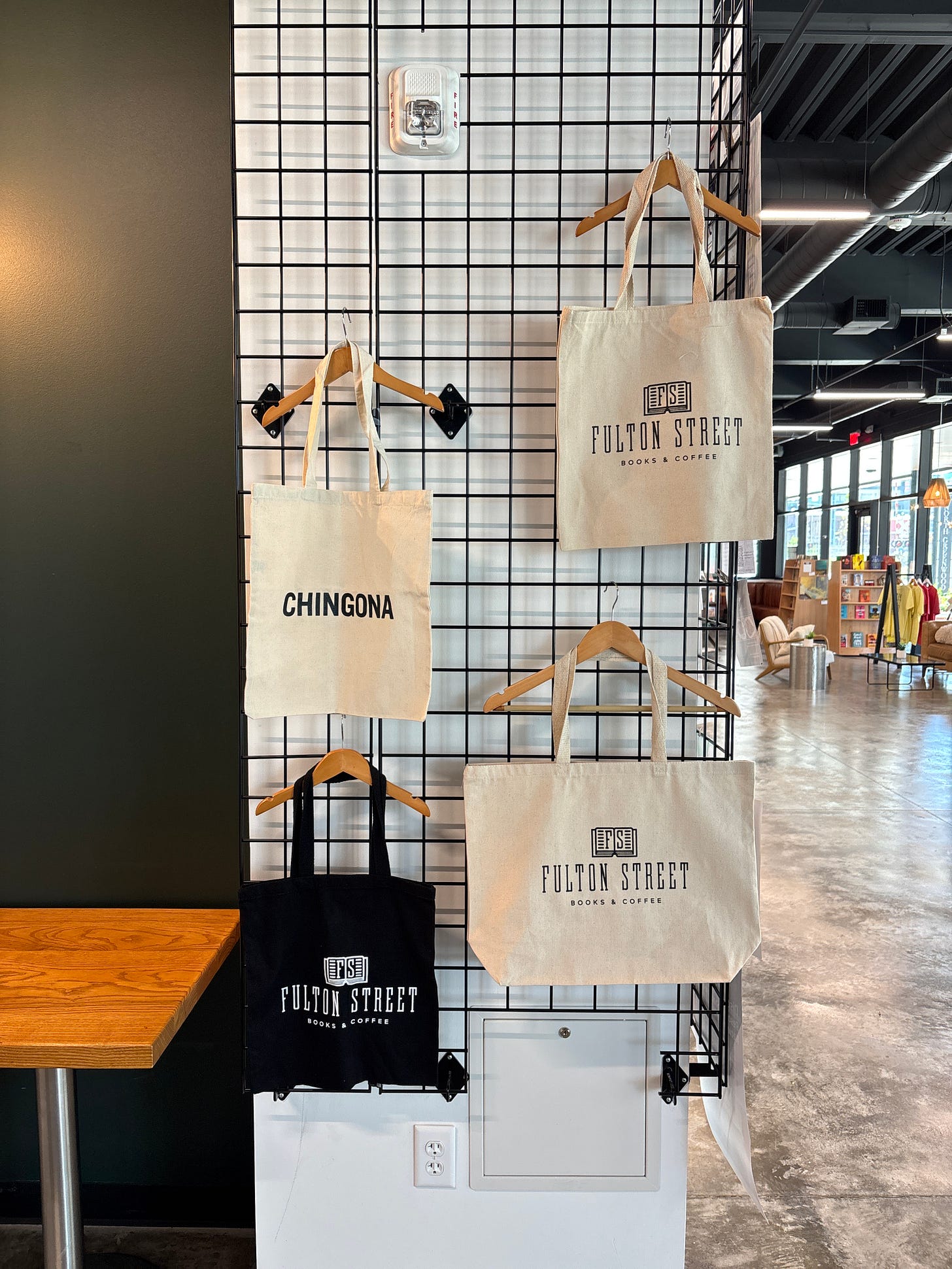
In February of 2020, I moved to Chicago. I am a proud permanent resident of central time zone, the most humble time zone, home not only to Tulsa but also to Birmingham and Chicago.
But I was in a new region: the Midwest.
People in the Midwest say “ope.” They have at least five family members in Ohio or Michigan or both. They eat scotcharoos and keep snow tires.
I love the Midwest. I love Chicago.
But ask any self-respecting Midwesterner, and they will tell you that Oklahoma is the West, or the South, or nothing—but it’s certainly not Midwest. I had someone tell me only part of Missouri was Midwest, they didn’t even want the whole thing. Kansas is included, but only as an afterthought.
Oklahoma, though?
No chance.
Back in the day, Europeans bobbed across the Atlantic, landed on land, and called it “discovery.” People already lived here, of course. Europeans called them “savages” and loaded their rifles.
This began in Virginia, Florida, New York. Places that had other names before, in languages besides English. 1492, 1619, 1776, and on and on. Power craves land and churns through people to get it.
In 1830, Andrew Jackson signed the Indian Removal Act, forcing Native Americans to walk dozens and hundreds of miles west to probably die from exposure on the journey but potentially survive to live in a small lot set aside west of the Mississippi: Indian Territory.
Yes: The federal government genocided thousands of people into a rocky, hilly, flat bit of land that no one wanted. Well, no one at the time; if they’d known about the oil under the red dirt, they’d have hoarded resources even harder. The states of the union continued to form around this hole—Missouri in 1821, then Texas, then west to Nevada and Colorado in 1864 and 1876. Roughly, the states become states from east to west. Except Oklahoma.
It took me a while to put these puzzle pieces together. Oklahoma isn’t no-man’s-land and region-less because of an accident. It’s no-man’s-land because Native Americans were no-men, were not people: they were savages. “Savages.”
The White man wanted to rule. They removed the Native Americans from their land. They also wrecked their language and customs, which you can read about here. To the White man, land was power. To the Native Americans, land was home, something to work with and care for. When I see things like fracking and creeks buried into culverts, it’s easy to wish that the ocean swallowed all the colonizers’ ships and that the buffalo still ran and ran and ran across states that never existed and lines that were never drawn. It’s easy to wish guns and barbed wire and also the inventions I love hadn’t marched from east to west. I wouldn’t have been born, sure. But the prairie would still be alive.
Regions are often defined by geographical features. The Great Lakes. The Rocky Mountains.
If we tried this with Oklahoma, its region would be “the Great Plains.”
The Great Plains ecosystem was destroyed for agriculture. Agriculture and towns and cities. The Great Plains are great no more; they largely are no more. The prairie used to be buffeted with wind and burned with wildfire and bright with wildflowers trampled by buffalo.
You can consume a prairie and turn it into money.
You can call people “savages” and force them onto land you don’t want.
Oklahoma could have been in the Great Plains region: North Dakota, South Dakota, Nebraska, Kansas, Oklahoma. Maybe Iowa. North Texas, if we’re feeling generous.
The Great Plains.
But it’s not.
Oklahoma is nowhere.
This article barely touched on the genocide of Native Americans. For a full exploration, try The Rediscovery of America. I haven’t read it, but I think it’s the tome for this.
One of the best books ever written is about Oklahoma. If you don’t know what the phrase “land run” means, buy Boom Town. If you do know what the phrase “land run” means, you have even more reason to buy it.
More Great Plains literature: The Round House, My Antonia, Killers of the Flower Moon, and Love is a Wild Assault (out of print, find it on eBay).
The closing sentence, “Oklahoma is nowhere,” references Ralph Ellison’s essay “Harlem is Nowhere,” which you can find in this remarkable collection of his essays. Ralph Ellison grew up in Oklahoma City, Oklahoma.
After writing that sentence, I started re-reading “Harlem is Nowhere.” You should go read the whole essay—read every essay in the collection, actually—because some of what he says about Black Americans fits tongue-and-groove into what this essay says about Native Americans and Oklahoma. I picked a quote that you can read in both directions. Remarkable. It’s upsetting, how racism applies its illogic and violence so consistently across different groups of people.
Ladies and gentleman, Ralph Ellison:
“For this is a world in which the major energy of the imagination goes not into creating works of art, but to overcome the frustrations of social discrimination. Not quite citizens and yet Americans, full of the tensions of modern man but regarded as primitives, [Negro] /or/ [Native] Americans are in desperate search for an identity. Rejecting the second-class status assigned them, they feel alienated and their whole lives have become a search for answers to the questions: Who am I, What am I, Why am I, and Where?” (Shadow and Act, 297).

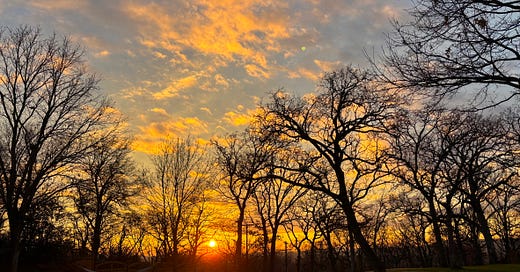



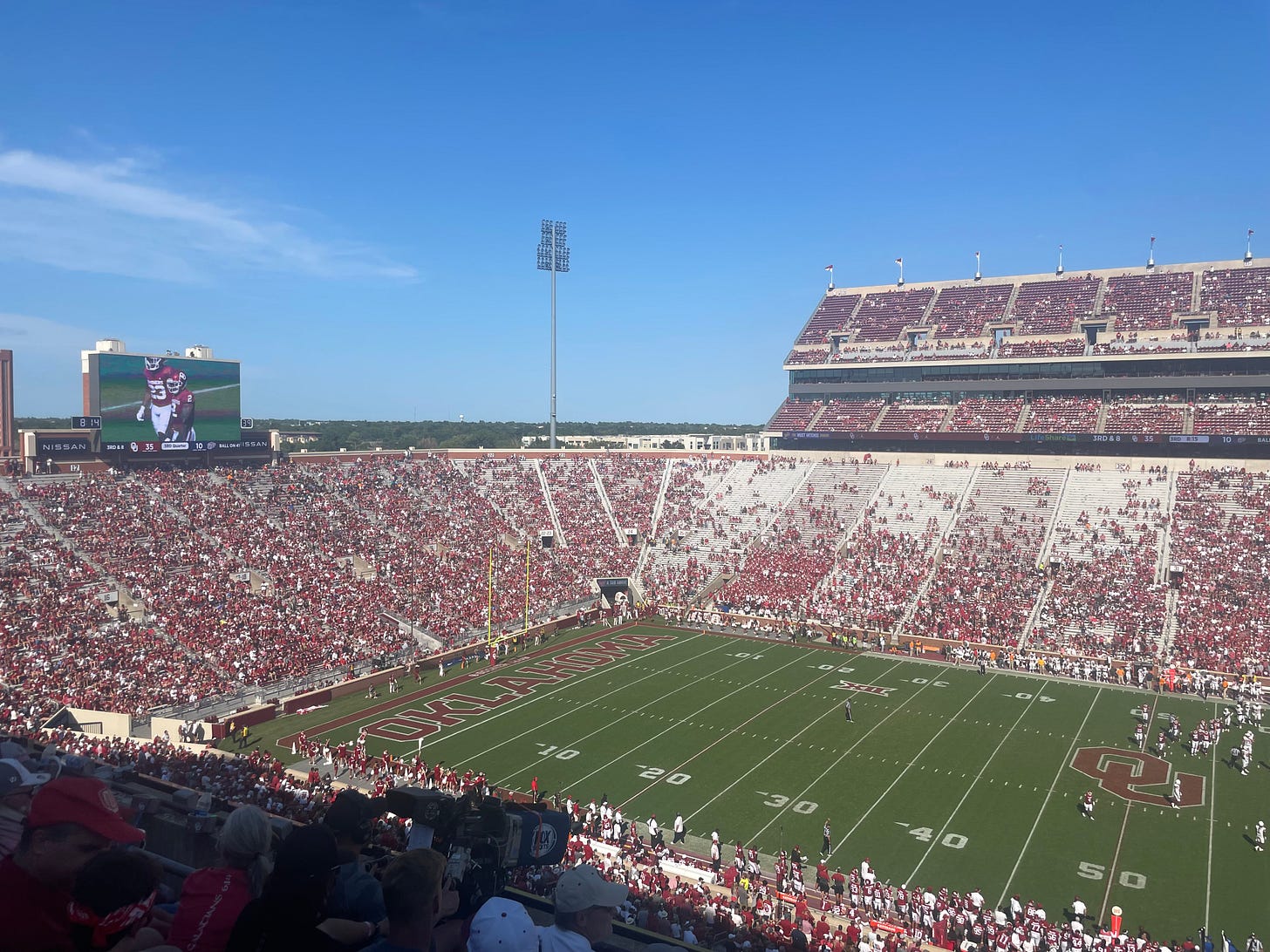

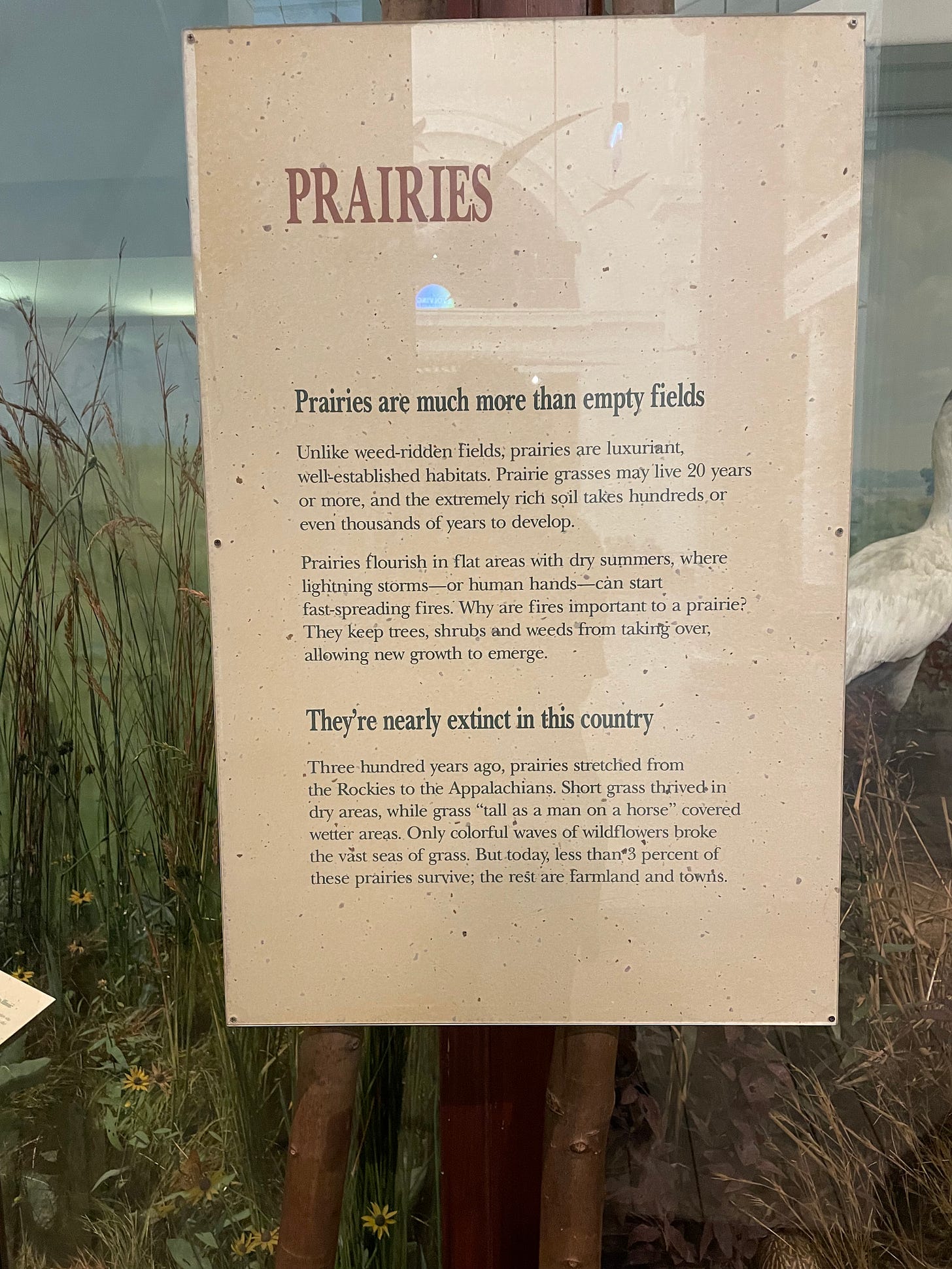
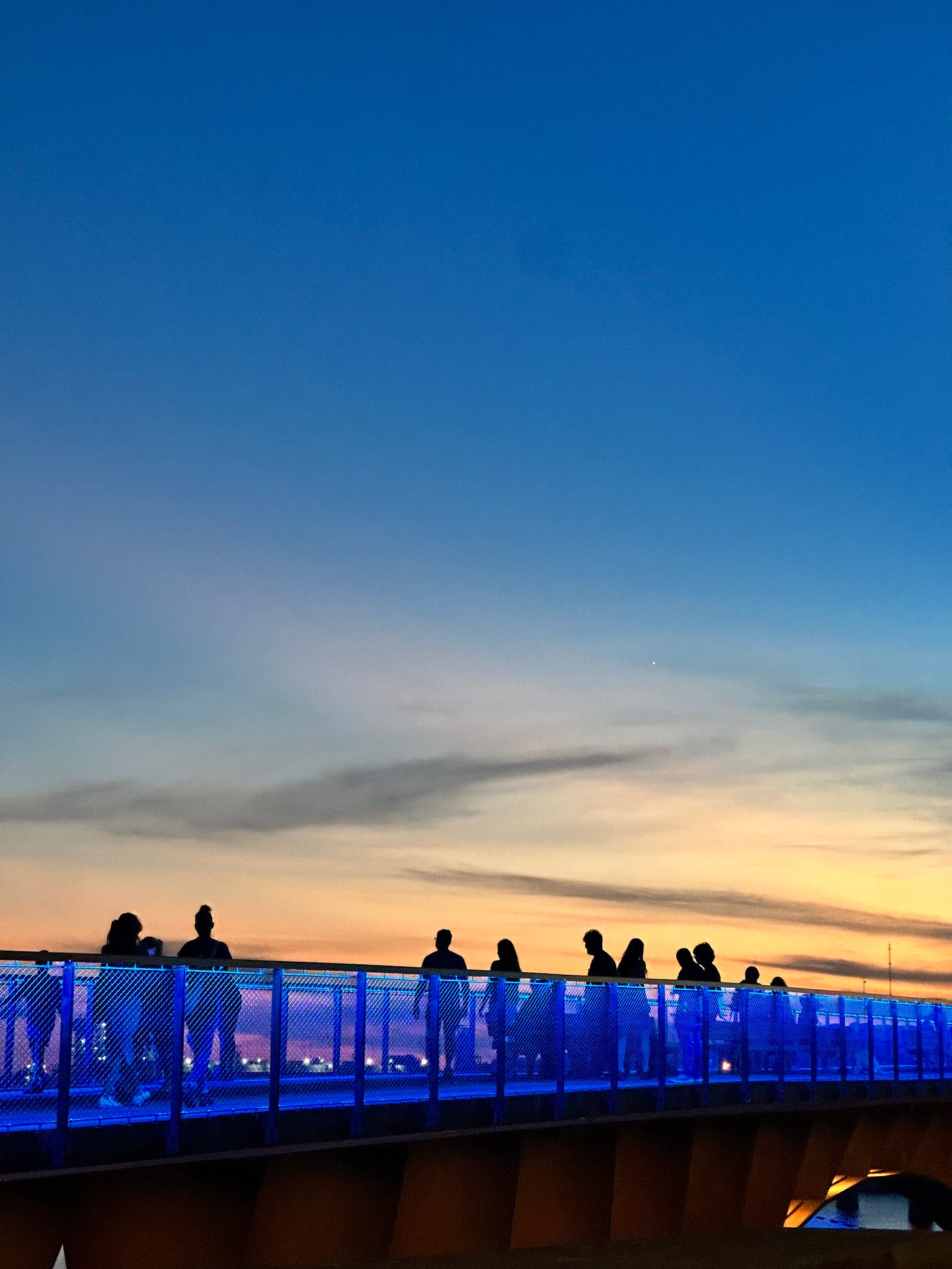
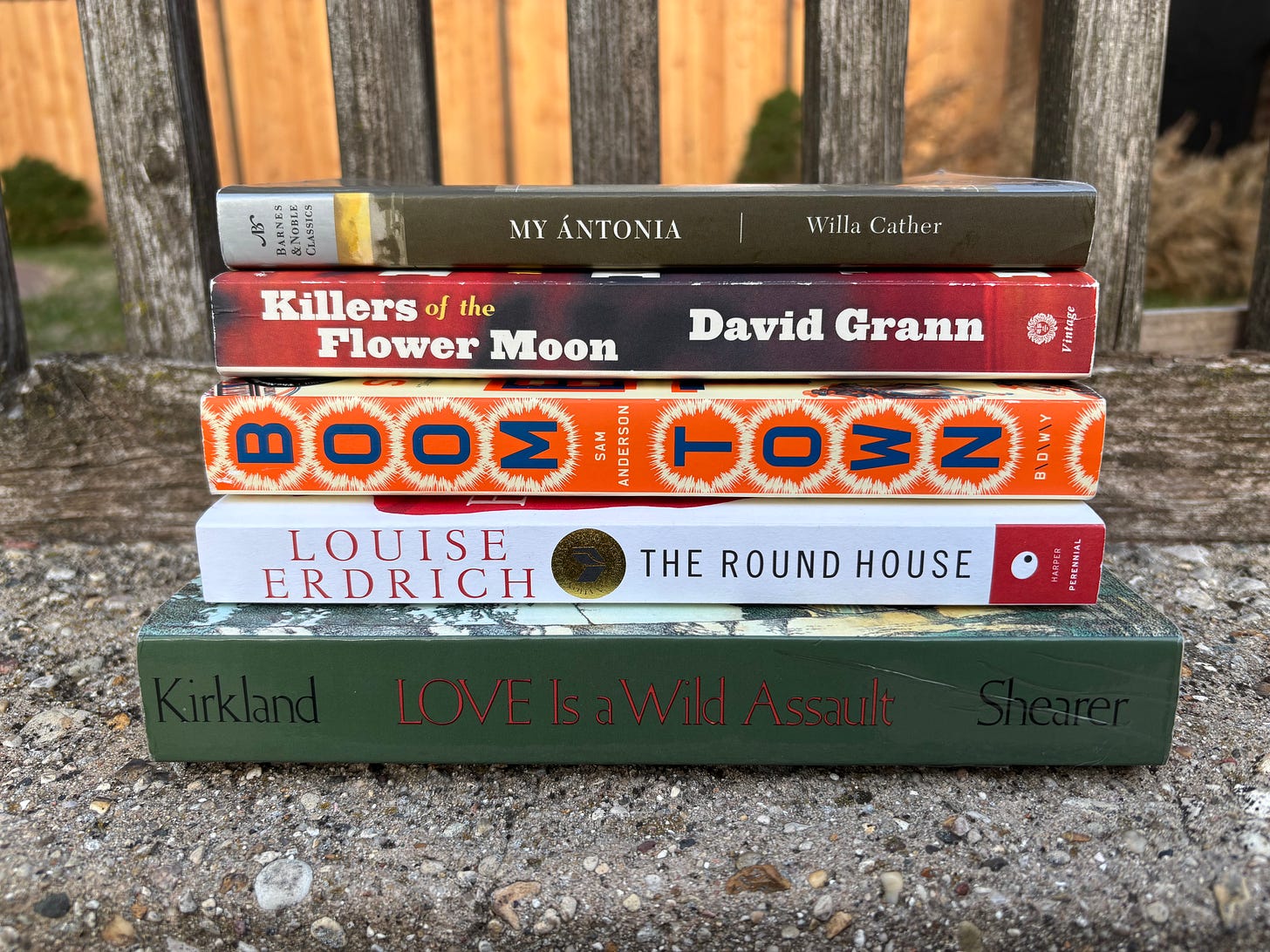
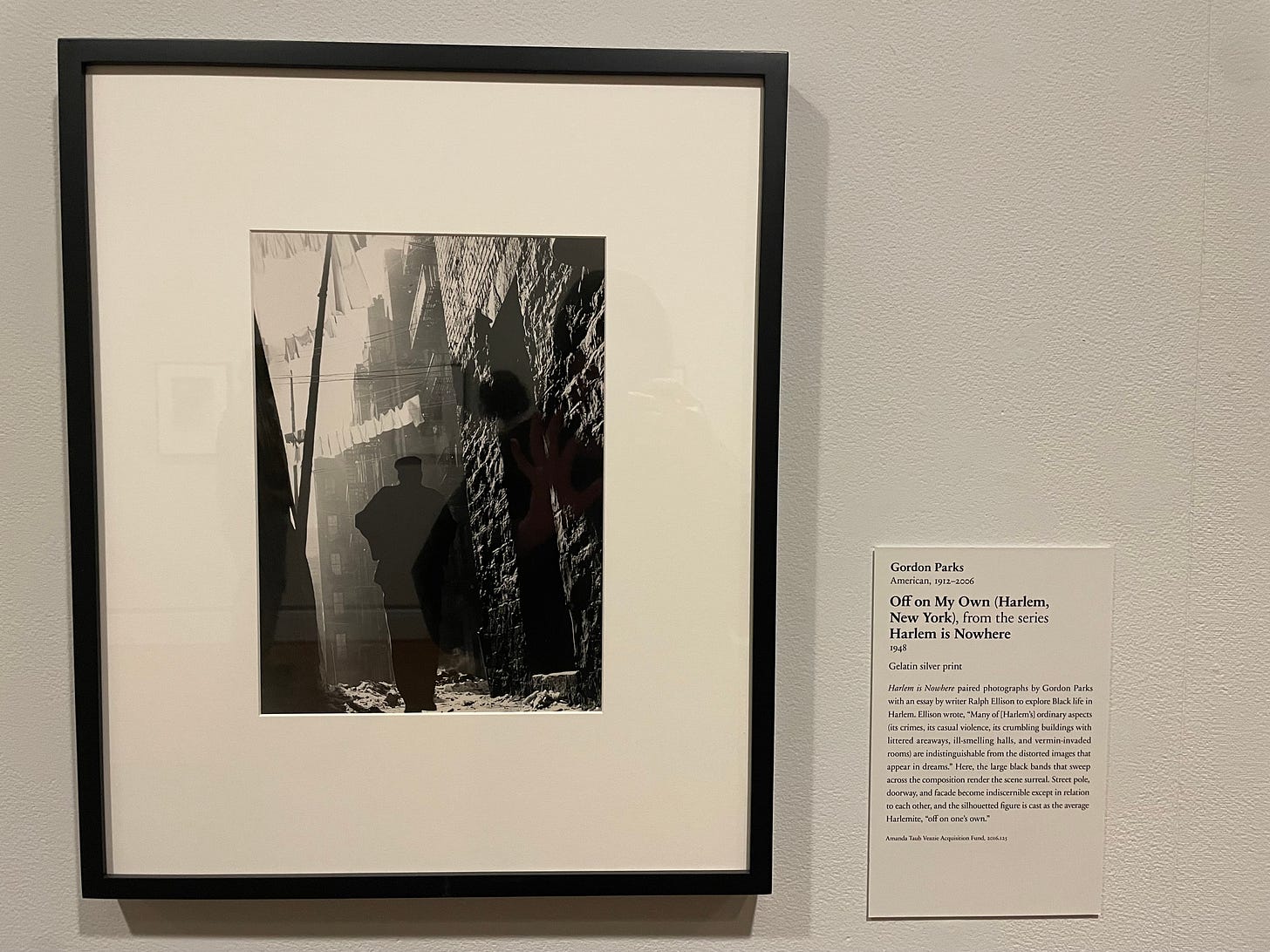
Beautiful essay on the subtle intricacies of regional identity and belonging ❤️